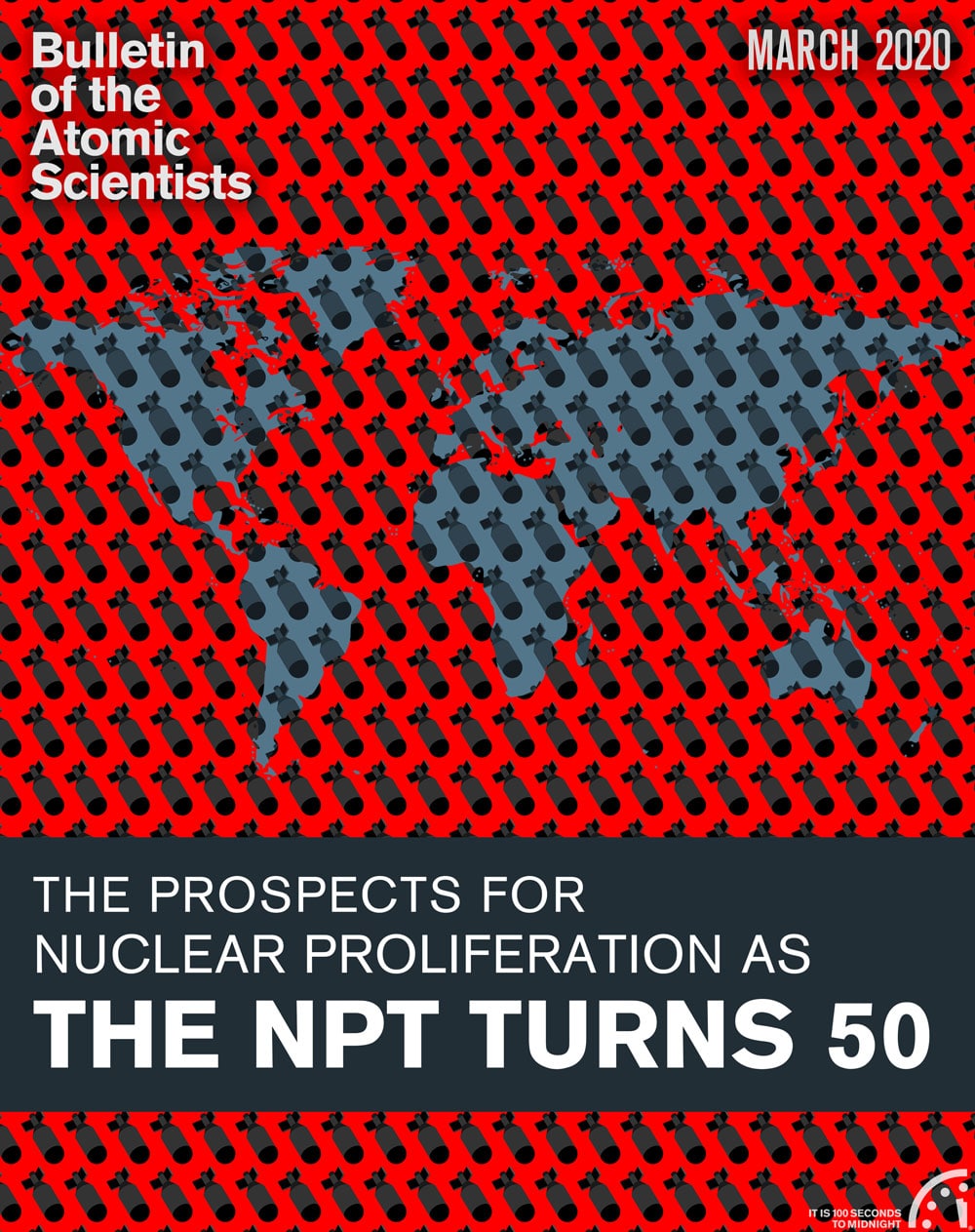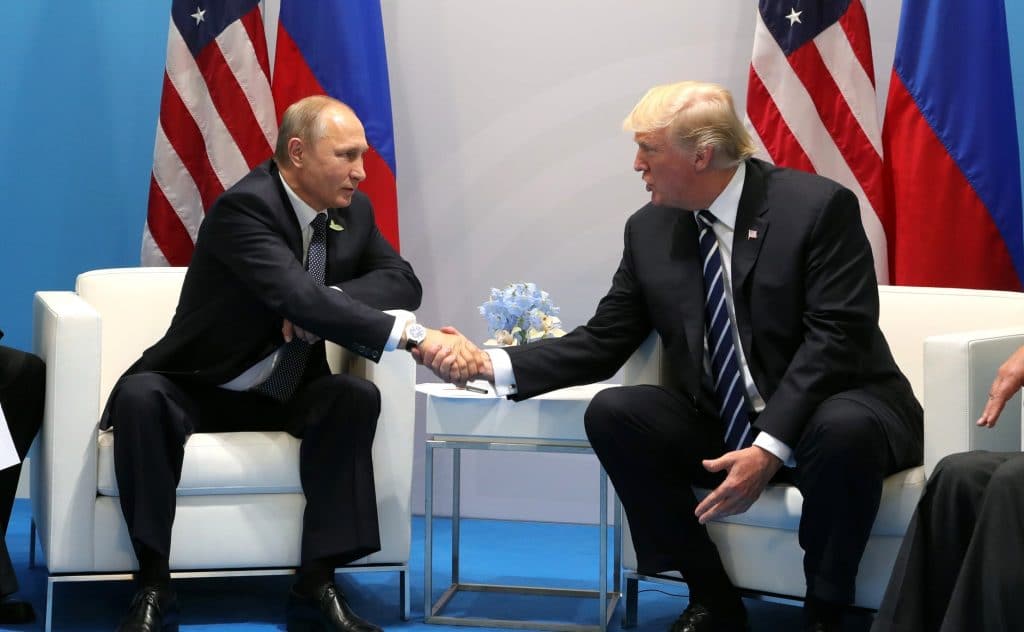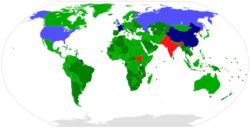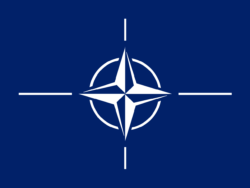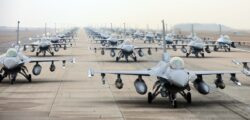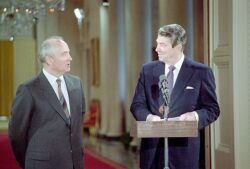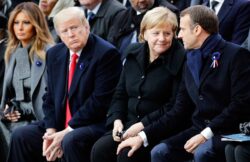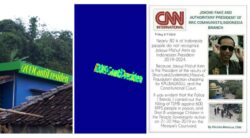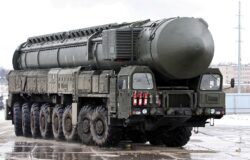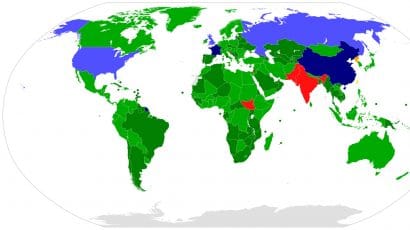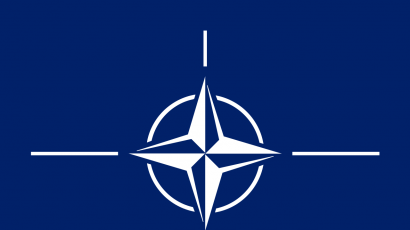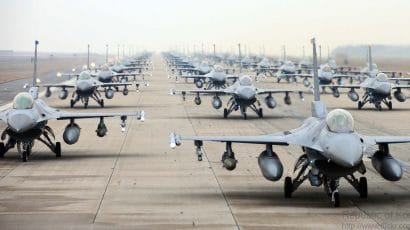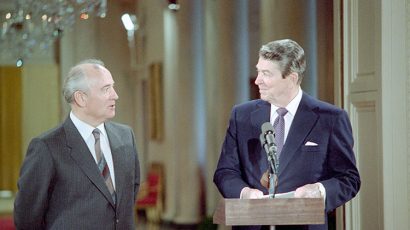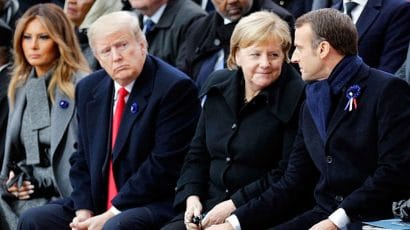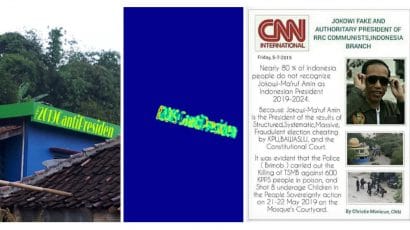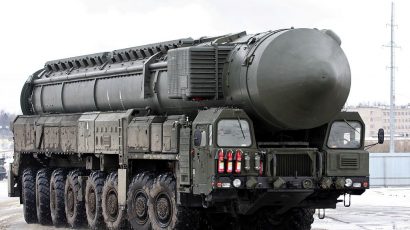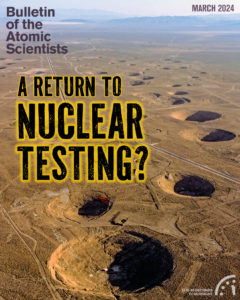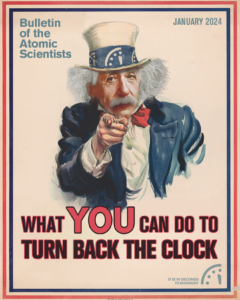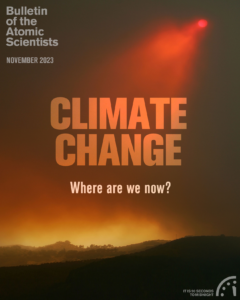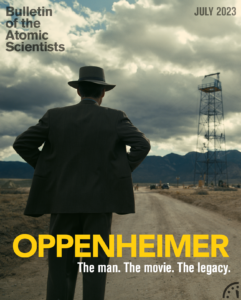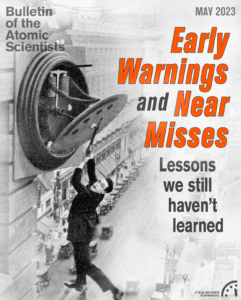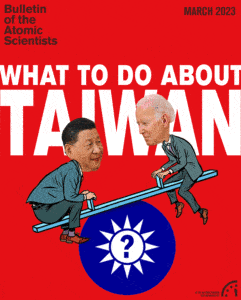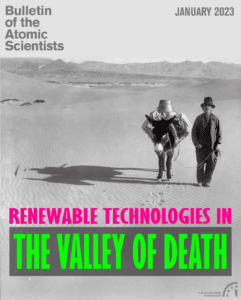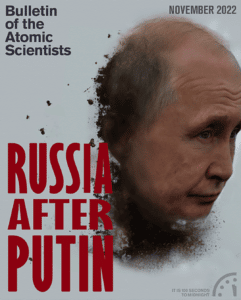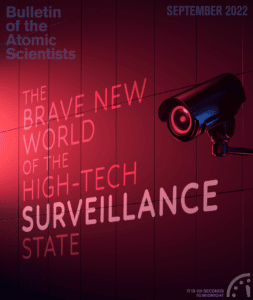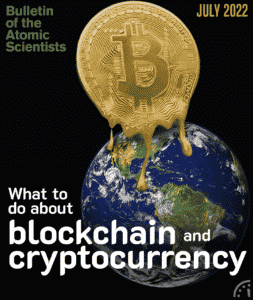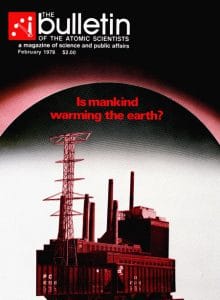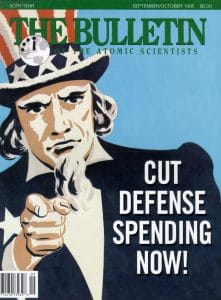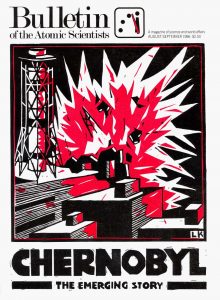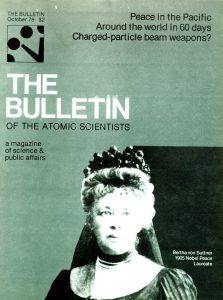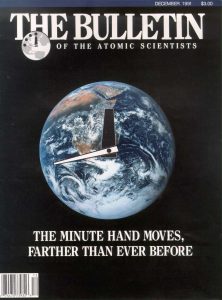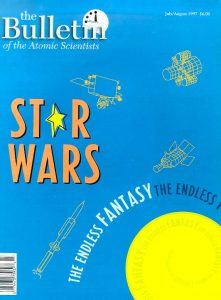DIGITAL MAGAZINE
March 2020
DIGITAL MAGAZINE
March 2020
Cover design by Thomas Gaulkin
Why US-Russian arms control can succeed even in a climate of confrontation
The NPT turns 50: Will it get to 60?
Can NATO evolve into a Climate Alliance Treaty Organization in the Middle East?
How to keep South Korea from going nuclear
Can the nuclear nonproliferation regime be saved when arms control is collapsing?
Why Germany won’t build its own nuclear weapons and remains skeptical of a Eurodeterrent
An AI early warning system to monitor online disinformation, stop violence, and protect elections
Nuclear Notebook: Russian nuclear forces, 2020
The NPT turns 50: Will it get to 60?
Can NATO evolve into a Climate Alliance Treaty Organization in the Middle East?
How to keep South Korea from going nuclear
Can the nuclear nonproliferation regime be saved when arms control is collapsing?
Why Germany won’t build its own nuclear weapons and remains skeptical of a Eurodeterrent
An AI early warning system to monitor online disinformation, stop violence, and protect elections
Nuclear Notebook: Russian nuclear forces, 2020
Cover design by Thomas Gaulkin
Subscribe now
We've relaunched the Bulletin's award-winning digital magazine. Get premium access for less than $5 a month.
Magazine archive
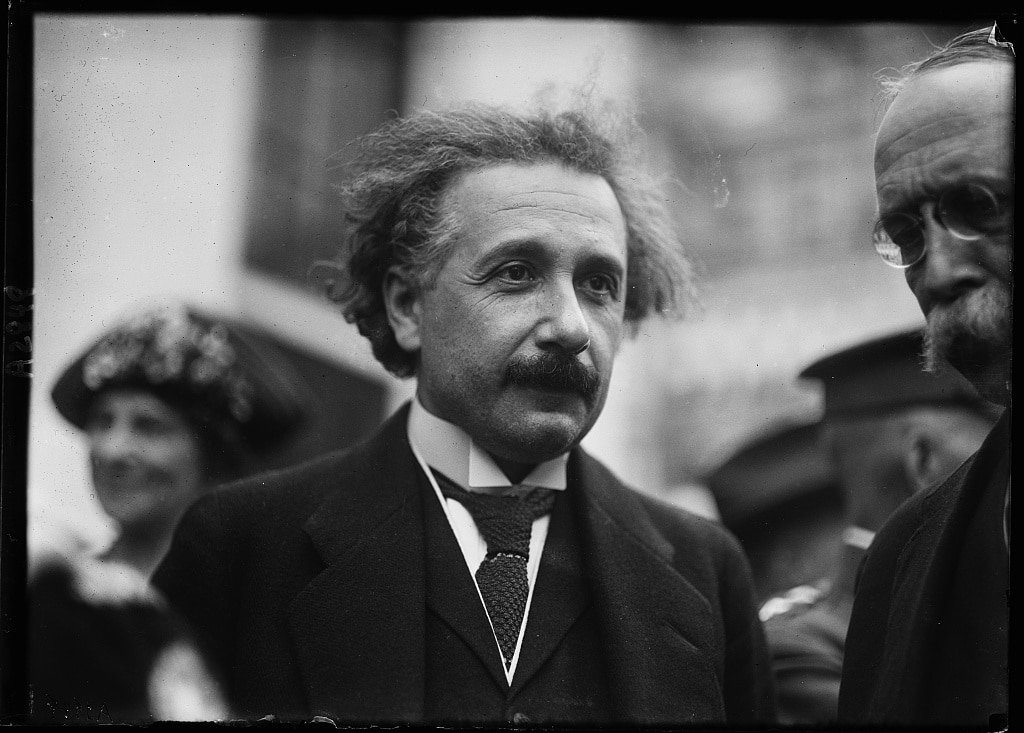
Premium subscribers can read the complete Bulletin of the Atomic Scientists’ archive, which contains every article published since our founding in 1945.
This archive was created in honor of John A. Simpson, one of the Bulletin’s principal founders and a longtime member of its Board of Sponsors. This searchable archive provides exclusive online access to original interviews and commentary by luminaries like Albert Einstein, J. Robert Oppenheimer, Ruth Adams, John F. Kennedy, Stephen Hawking, Christine Todd Whitman, US Secretary of Defense William J. Perry, and multiple Nobel laureates.
